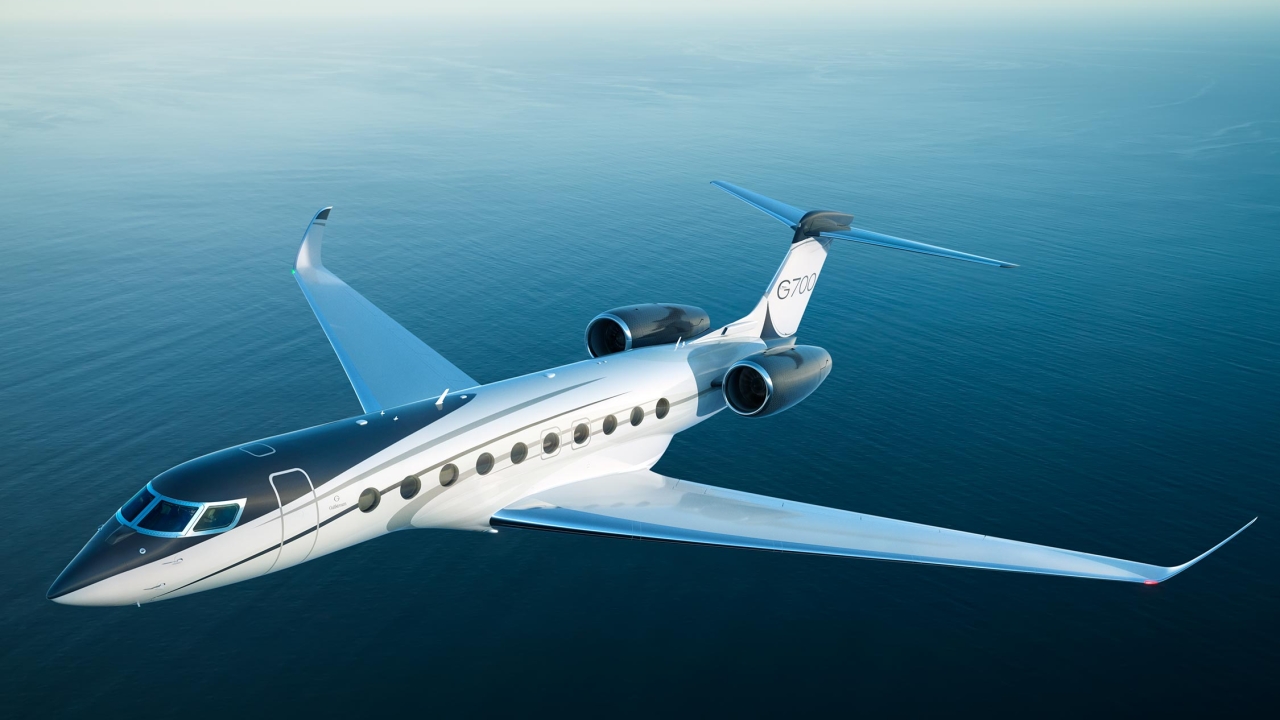Kodiak’s Quest
An aircraft tailor-made for non-government agencies (NGOs) operating humanitarian flights into the world’s most awkward and inhospitable landing strips now has an authorised dealer for southern and east Africa. Dave Calderwood reports.

The Quest Kodiak 100, a single-engine turboprop high-wing design, was launched 10 years ago.
It’s as tough as old boots, cavernous with as many as 10 seats or a combination of seats and cargo space, and has ultra-safe handling for manoeuvring low and slow.
Earlier this year, US manufacturer, Quest Aircraft, launched the latest version of the Kodiak, called the Series II, which features a host of upgrades and improvements made over the years. Many are from experience in the field, and some, like the latest Garmin G1000NXi glass cockpit, are leaps forward in technology and are fully integrated into all the aircraft’s systems.
To boost the Kodiak 100’s sales footprint, Quest Aircraft has appointed National Airways Corporation (NAC) with a territory that includes Angola, Botswana, Burundi, Comoros, Kenya, Lesotho, Malawi, Madagascar, Mayotte, Mozambique, Namibia, Rwanda, Seychelles, South Africa, Swaziland, Tanzania, Uganda, Zambia and Zimbabwe.
NAC is based at Lanseria International Airport in Johannesburg, South Africa, and is the largest general aviation company in Africa, offering a full range of aircraft and helicopter services. These include sales, charter, maintenance, parts, international operations, air ambulance, aircraft leasing, pilot, technical and air traffic control (ATC) training.
NAC is also the first South African aviation company to achieve ISO 9001:2015 accreditation and is a Flight Safety Foundation BARS gold standard operator. In short, it has not only earned a reputation for excellence but, by working closely with operators, has its finger on the pulse of the region and its needs.
Paul Branham, vice-president of sales for Europe, Middle East and Africa at Quest Aircraft, said: “We’re pleased to announce our partnership with NAC and have complete confidence in their ability to represent and support the Kodiak in southern and east Africa.
“We believe there is fantastic potential for the Kodiak throughout the region. It’s a highly rugged aircraft, reliable, simple to maintain and boasts low operating economics.”
He’s not kidding. The Kodiak was originally designed to address the need for a sturdy and powerful short-take-off and landing (STOL) aircraft that could perform easily in the most remote places on the planet.
One of its secrets is the wing. It looks like a normal one-piece wing at first but, look closer, and you’ll see it’s actually two wings – an inboard one and an outer wing.
There are also various aerodynamic devices such as fences – short vertical strips at right angles to the wing surface – and vortex generators. It’s this carefully designed wing that gives the Kodiak its extraordinary flying performance.
Agencies such as the Mission Aviation Fellowship (MAF) are extensively operating the Kodiak into hidden jungle airstrips that would be impossible to land at, or take off from, in almost any other aircraft.
The Kodiak was also purpose-built for ease of maintenance, given that remote operations would likely require remote service by pilot-mechanics. It’s powered by the robust, powerful and ubiquitous Pratt & Whitney PT6A turboprop engine, which is renowned for its reliability. It’s also well-known to maintenance companies and technicians, so servicing is straightforward.
The combination of robust construction and healthy payload makes the Kodiak ideal for passenger and cargo transport, special missions, medevac, skydive, humanitarian aid and more. The Kodiak can also be fitted with floats for water ops without the need for additional fuselage strengthening.
African operators with large payloads utilising the Kodiak will be able to access many more airstrips and locations that previously would have proven difficult.
Botswana’s Ministry of Environment, Wildlife and Tourism has already recognised the usefulness of the Kodiak, operating one since 2016 to monitor wildlife, conduct search and rescue, deliver equipment and, most importantly, deter poaching.
Mackair, of Maun, Botswana, also operates a Kodiak on the rougher bush strips found in the Okevango Delta.
Good though the original Kodiak 100 is, the Series II is a block-change update to the Kodiak platform, according to Quest Aircraft. All new aircraft coming out of the Quest factory will be the new Kodiak 100 Series II.
The standard-equipped Series II is generous in its equipment, but should operators or customers choose, various options are available, including a cargo pod, floats, upgraded bush tyres, as well as avionics upgrades. There’s also a luxurious leather cabin interior, which Quest calls Summit, with club seating and fold-out tables.
“The overwhelming response to the Series II debut has been very positive,” saids Quest. “The increased speed and options on the [Garmin] G1000NXi [glass cockpit], coupled with numerous cockpit and interior upgrades make the Kodiak Series II feel like a brand new aircraft.
“One of the most appreciated features is the new availability of a single-point refuelling port that allows operators to refuel their aircraft from a single location. This feature is retrogradable to the existing fleet as well.”
The final word goes to the man who will be selling and looking after NAC’s Quest Kodiak presence,
Martin Banner, CEO, said: “We are convinced of Kodiak’s superior qualities and we look forward to establishing its rightful place in the market. With the launch of the new Series II aircraft, the timing of this announcement could not have been better and we look forward to working closely with Quest to achieve their success in our region.”
Stay up to date
Subscribe to the free Times Aerospace newsletter and receive the latest content every week. We'll never share your email address.

